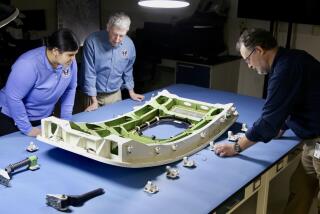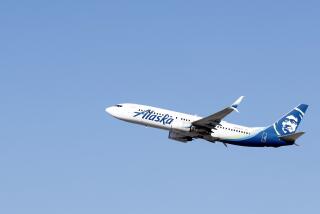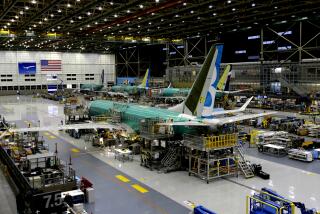AF Unable to Find Parts Causing Engine Failures
WASHINGTON — Faulty turbine blades in F-15 and F-16 jet fighter engines have caused at least 11 failures, and worldwide inspections have failed to find thousands of suspect blades in military inventories, congressional investigators said Thursday.
The blades could cause catastrophic failures, fracturing and ripping through engines, resulting in pilot deaths and the loss of jets valued at $30 million each, the investigators said.
Engine failures to date have not resulted in any fatalities.
The defects include blades that were manufactured too thin, making them susceptible to cracking, and blades that were repaired although they were so unusable they should have been destroyed, investigators for the House Energy and Commerce subcommittee on investigations and oversight said.
The blades are components in F-100 engines produced by Pratt & Whitney Aircraft Group of East Hartford, Conn. The engine is used in both the F-15, a dual-engine aircraft, and the F-16, a single-engine fighter.
There are more than 2,500 F-15s and F-16s used by the Air Force and the governments of Belgium, Denmark, the Netherlands, Norway, Israel, Egypt, Pakistan, South Korea, Venezuela, Japan and Saudi Arabia.
The investigators said inadequate Air Force oversight of the engine manufacturers and sloppy procedures in identifying repairable turbine blades allowed faulty blades to filter into the parts inventories of the Air Force and U.S. allies.
Officials from the Air Force and Pratt & Whitney are scheduled to testify today before the subcommittee about the engine blade problems.
A Pratt & Whitney spokesman said Thursday the company notified the Air Force in each case when “thin wall” manufacturing conditions were identified and made “recommendations concerning the removal and/or inspection of the blades.”
Air Force Lt. Col. Jim Jannette said that the service has identified three instances in which repaired blades caused damage to F-15s.
Subcommittee aides said a batch of 77,000 defective blades valued at $30 million was supplied to the Air Force in the early 1980s. From that shipment, they said, blades were blamed for seven engine failures, with damages estimated at $20 million.
More to Read
Inside the business of entertainment
The Wide Shot brings you news, analysis and insights on everything from streaming wars to production — and what it all means for the future.
You may occasionally receive promotional content from the Los Angeles Times.










